Write Us
We are just a call away
[ LET’S TALK AI ]
X
Discover AI-
Powered Solutions
Get ready to explore cutting-edge AI technologies that can transform your workflow!

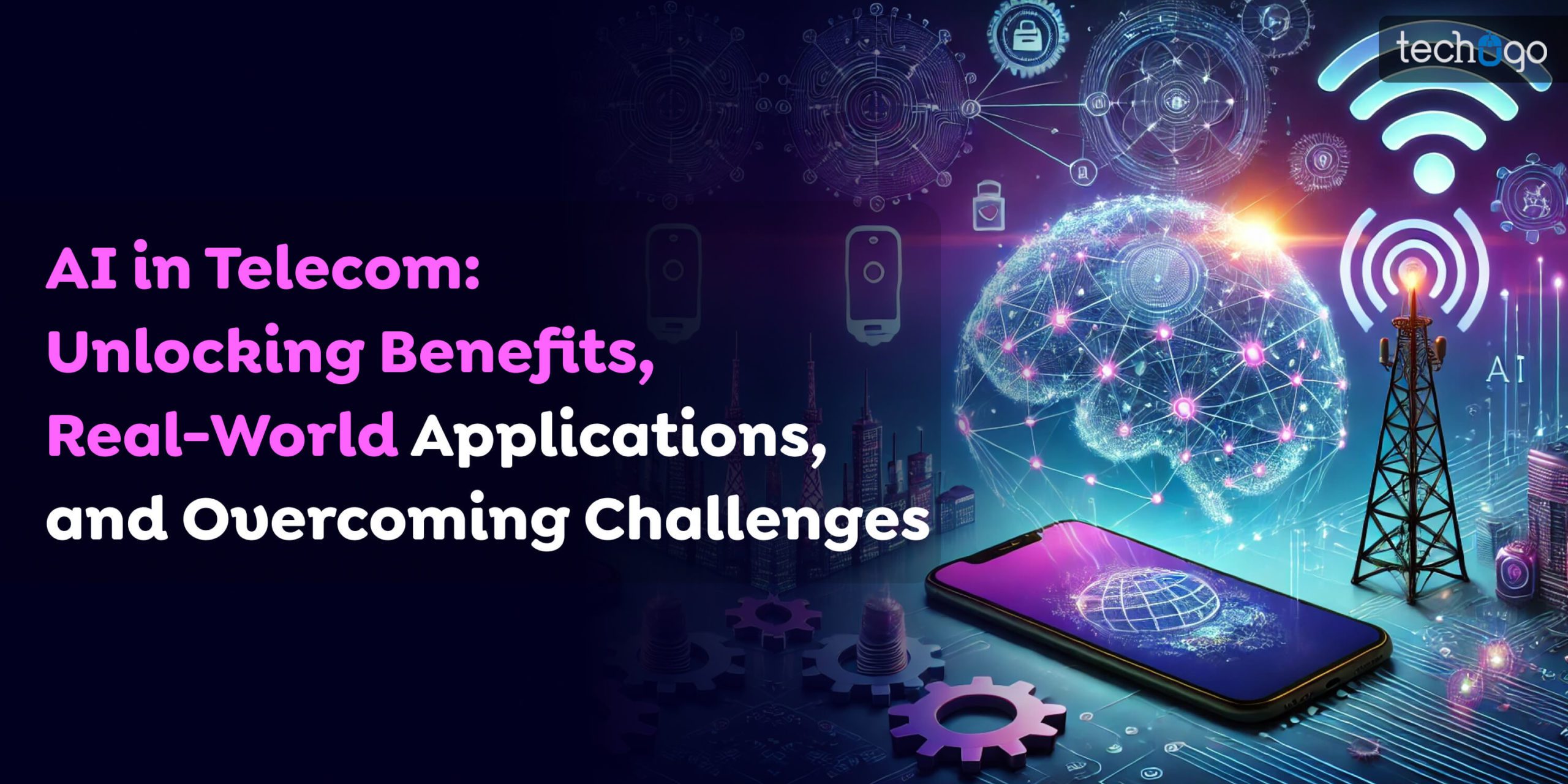
The telecommunications industry is going through a transformation process with the introduction of artificial intelligence (AI). It transforms the telecom industry from managing network performance to delivering customer experiences. AI has the potential to automate network functions, detect and avoid network anomalies, and satisfy customers’ requirements to a greater extent. It enables telecom providers to deliver better service faster and with less downtime while cutting overhead expenses.
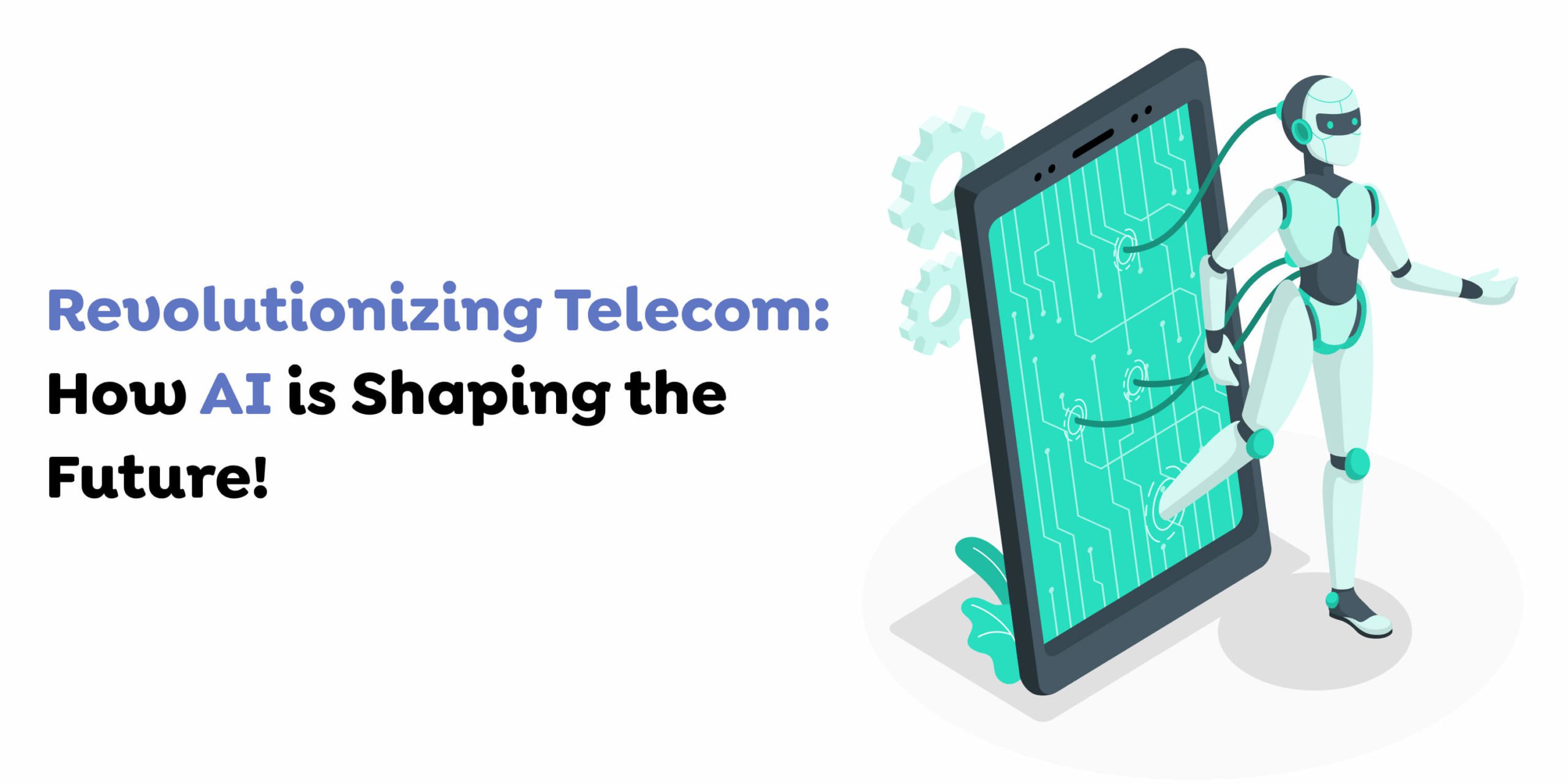
Nevertheless, the advantages are significant; the problems are there, though they call for addressing strategies. Considerations such as data integrity and security or, simply, the deployment of AI algorithms represent the barriers that have to be overcome if AI is to fulfill its potential. This blog delves into the critical opportunities and mobile applications of AI in telecom, potential issues software development companies in Dubai encounter while developing an app, and how they can solve them to gain a competitive edge.
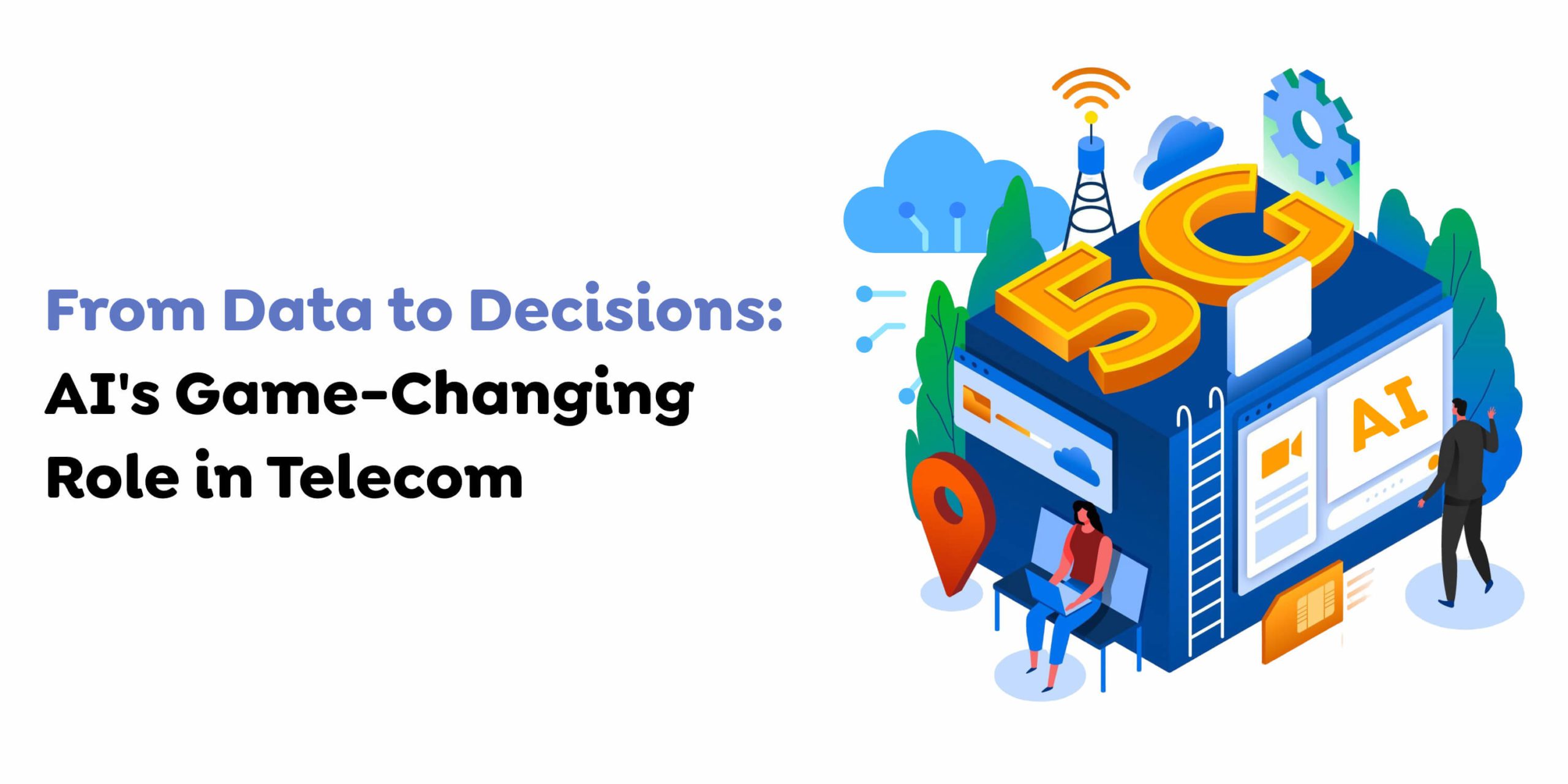
AI use cases in Telecom businesses deal with broad networks, billions of data, and a constantly expanding client base. AI in telecommunications can help them monitor different aspects of their operations and propose the best actions.
Leveraging AI, telecom operators can:
Now, we will explore the potential advantages of AI in telecom.

Sometimes, network performance can be closely monitored for congestion points or areas of weak service delivery using AI. This proactive monitoring allows operators to:
For instance, AI algorithms use data from network sensors and logs to forecast failures and prevent service disruptions.
AI fulfills customers’ demands because it offers incredible services that meet their specific needs and are delivered quickly. Key applications include:
Telecom fraud costs billions of dollars annually, as well as e-identity theft and SIM card cloning. AI helps identify unusual patterns and prevent fraudulent activities by:
AI is behind emerging technologies like AR, VR, and 5G-driven IoT solutions. Adding these services positions telecom companies to enter new revenue streams.
AI deals with repetitive billing, fault fixing, and managing the workforce. Besides diminishing working expenses, it also quickens the pace of providing services. For instance:

The telecom industry is experiencing a technology shift, and AI is one of the key enablers fueling exponential growth in multiple fields. Connectivity is the foundation of today’s society, and AI is helping telecom operators be quicker, smarter, and more efficient while providing services needed for an ever-increasingly connected world. From innovative management software of telecommunication equipment to brilliant communication with end users, AI is revolutionizing the entire sector.
AI-driven network management ensures smooth operation by:
It uses network data to develop Forecast AD models of hardware and software failure. This allows telecom operators to:
RPA automates repetitive tasks like:
AI revolutionizes customer support by integrating:
Telecom providers use AI to refine marketing strategies by:
AI strengthens security by
AI simplifies the complexity of 5G deployments by:
AI enhances spectrum availability by efficiently assigning bandwidth to required locations. This optimizes the use of network resources, especially in regions with high demand volatility, such as cities.
With the rise of IoT devices, AI facilitates:
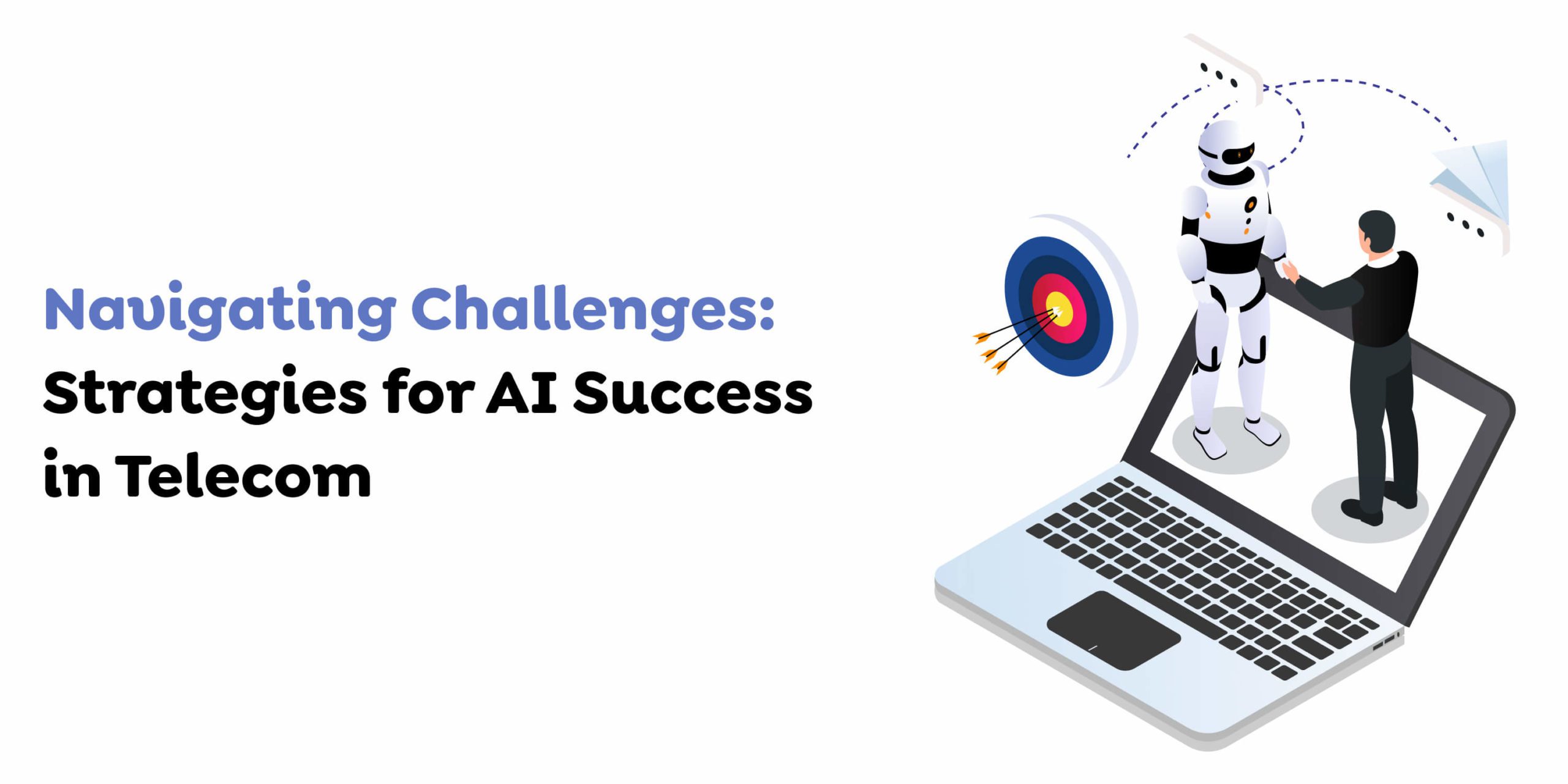
Despite its advantages, implementing AI in telecom presents several challenges:
AI relies on vast amounts of data, raising concerns about:
Telecom operators are rolling out AI in their networks; what is causing a problem is that many of them need to have updated infrastructure. Challenges include:
Successful AI app development requires specialized expertise in the following:
However, one often finds that lacking a qualified workforce decreases the process.
AI models may exhibit bias due to:
AI adoption requires significant investment in:
Scaling AI solutions across large telecom networks is challenging due to:
The biggest issue is remaining compliant with current regulations and best practices in artificial intelligence. Businesses are responsible for ensuring that AI is not discriminatory and does not violate users’ rights.
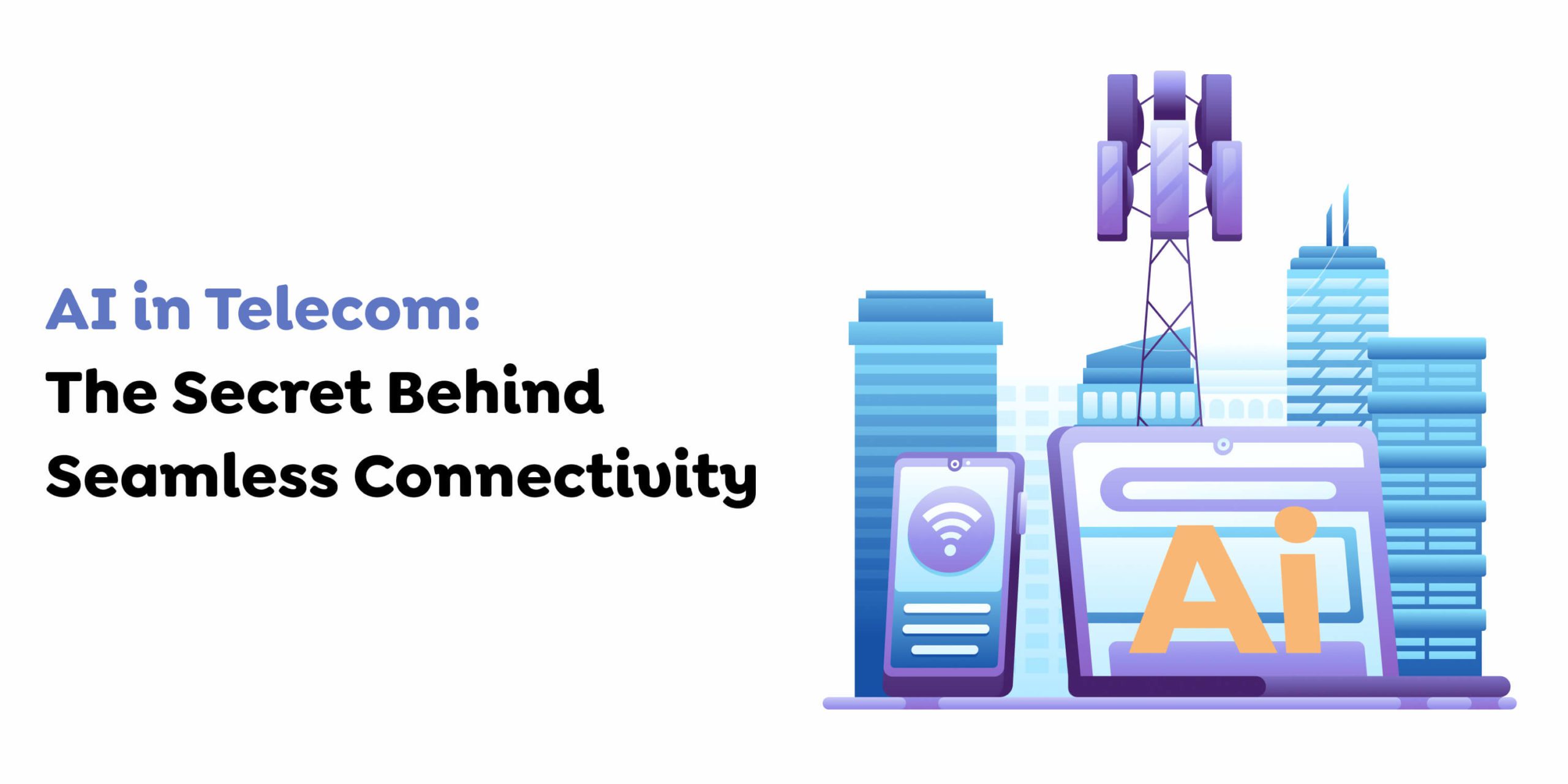
Telecom’s future with AI is looking bright and promising. Future possibilities that combine advanced connectivity include edge computing, self-healing autonomous networks, IoT integration, and quantum computing. By doing so, telecom companies can easily outcompete other market players within their operating niche or those that might attempt to penetrate and serve the increasing and ever-changing customer satisfaction and needs.
Thus, today’s key telecom players who adopt AI discover unmeasurable opportunities and create the framework for the subsequent evolution of global telecommunications. The moment is here because incorporating AI is no longer an opportunity; instead, it is necessary to thrive in the environment propagated by globalization.
Implement robust cybersecurity measures like:
Transitioning to AI-ready systems involves:
Equip employees with the skills needed for AI implementation through:
Minimize bias by:
Reduce implementation costs by:
Ensure AI solutions are scalable by:
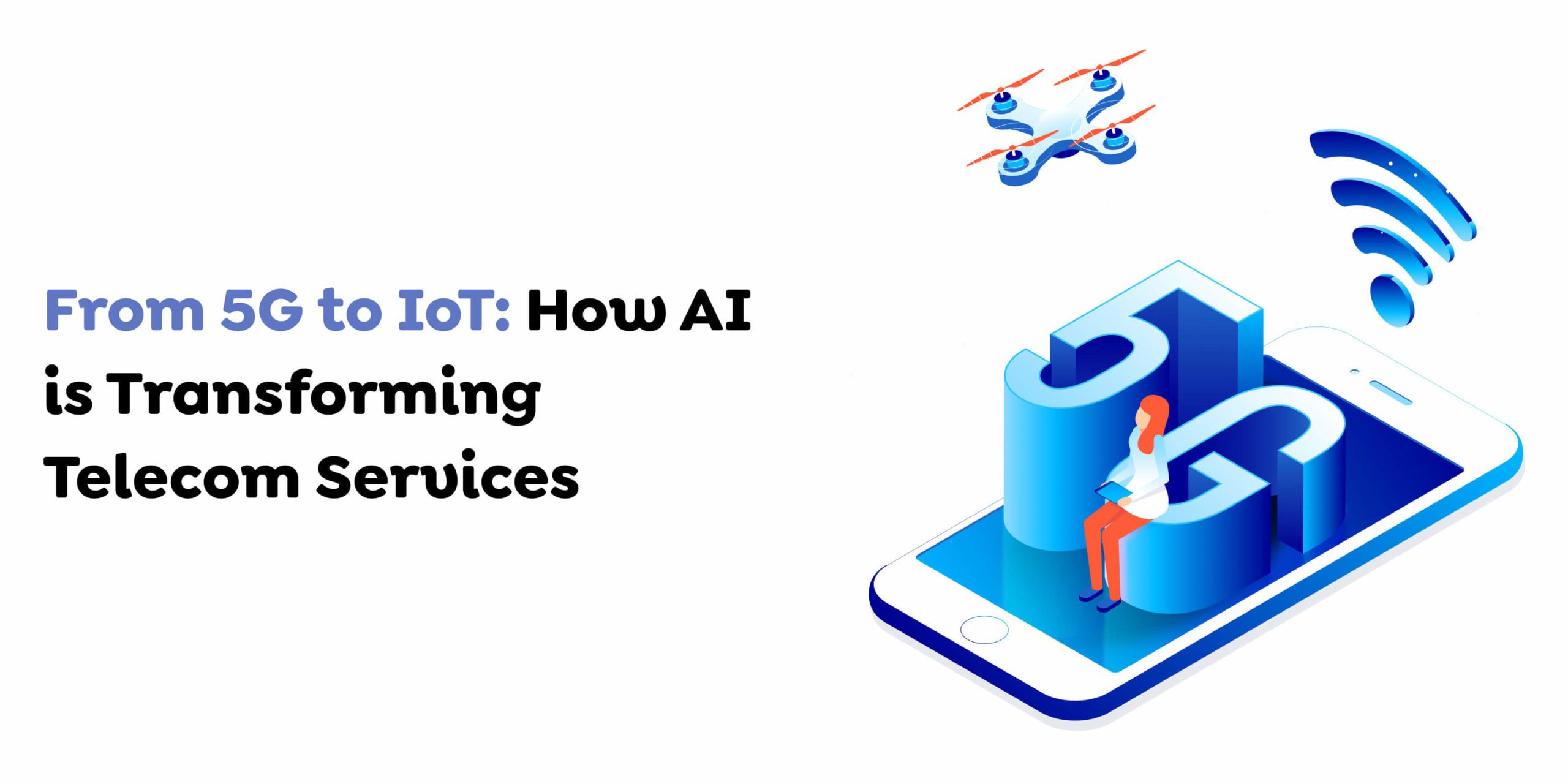
The future of AI in telecom industry is filled with potential regarding new progressive technologies and solutions. Such changes pose a historic chance for telecom application development firms to reinvent their service delivery and meet the needs of a rapidly connected world. Key trends shaping the future include:
Edge computing is a concept that seeks to change data processing through the decentralization of computational resources. For telecom operators, this translates into:
Automated intelligent networks are the future evolution of technology in a telecom app development company. These networks are capable of:
The Internet of Things (IoT) is growing fast, with billions of connected devices joining the Internet each year. AI plays a pivotal role in this ecosystem by:
Telecom is in the right place as the power of quantum computing is about to revolutionize how data is processed completely. While still in its nascent stage, its future implications include:
The telecom industry is also exploring other forward-thinking applications of AI, such as:
Also Read : Supercharge Your App With AI Chatbot Development For Unmatched Efficiency
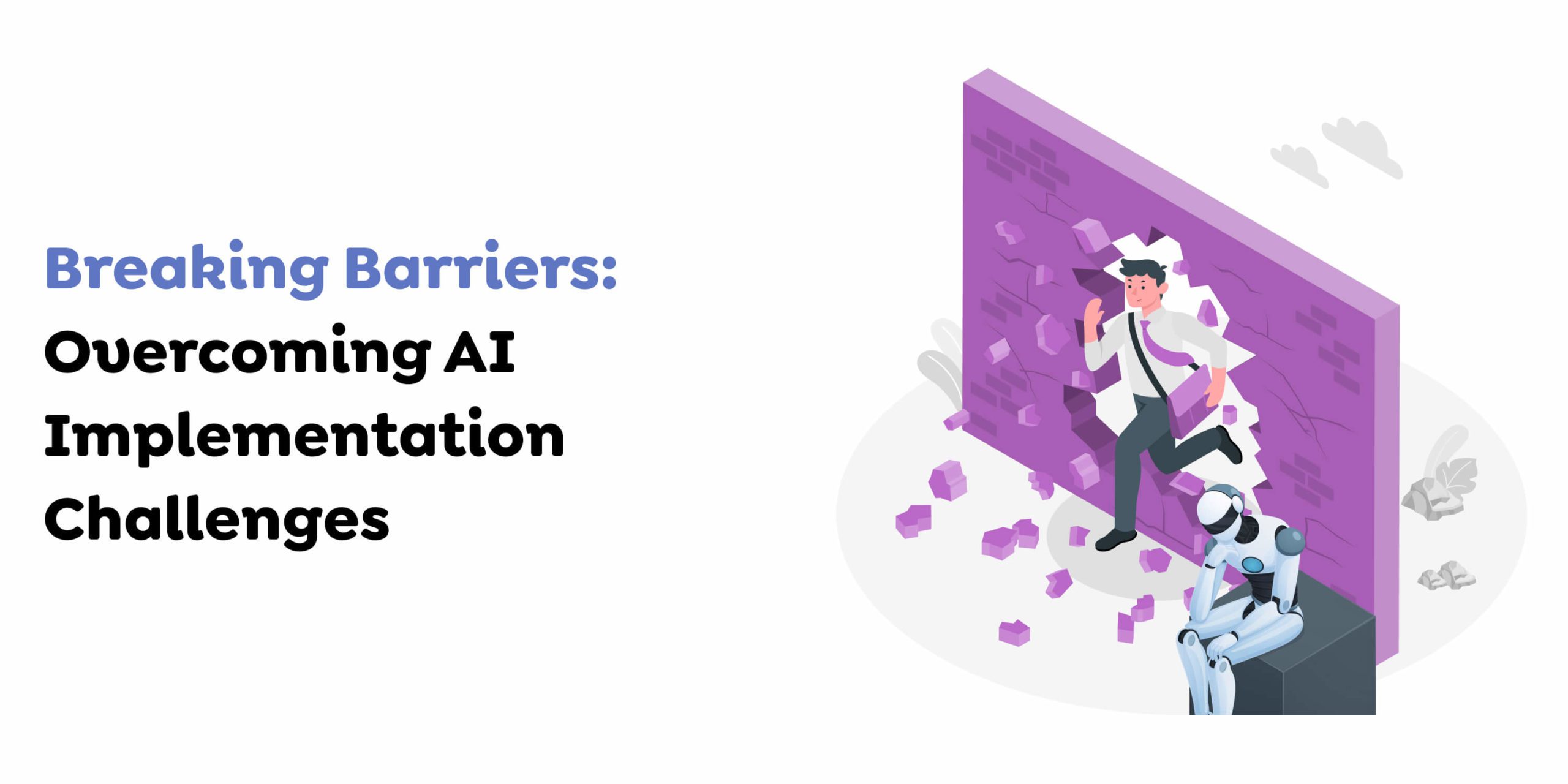
Telecom operators adopting these novelties will gain an advantage in the market over their rivals. By integrating AI-driven technologies, they can
Ensure better, sooner, and more effective oriented services that meet customers’ expectations.
Today, telecom operators can fulfill their customers’ expectations and exceed the standards for encounters and interactions in an AI-driven world by leveraging cutting-edge technologies. Understanding the cost to develop a mobile app tailored for the telecom industry is crucial for delivering seamless and innovative experiences.
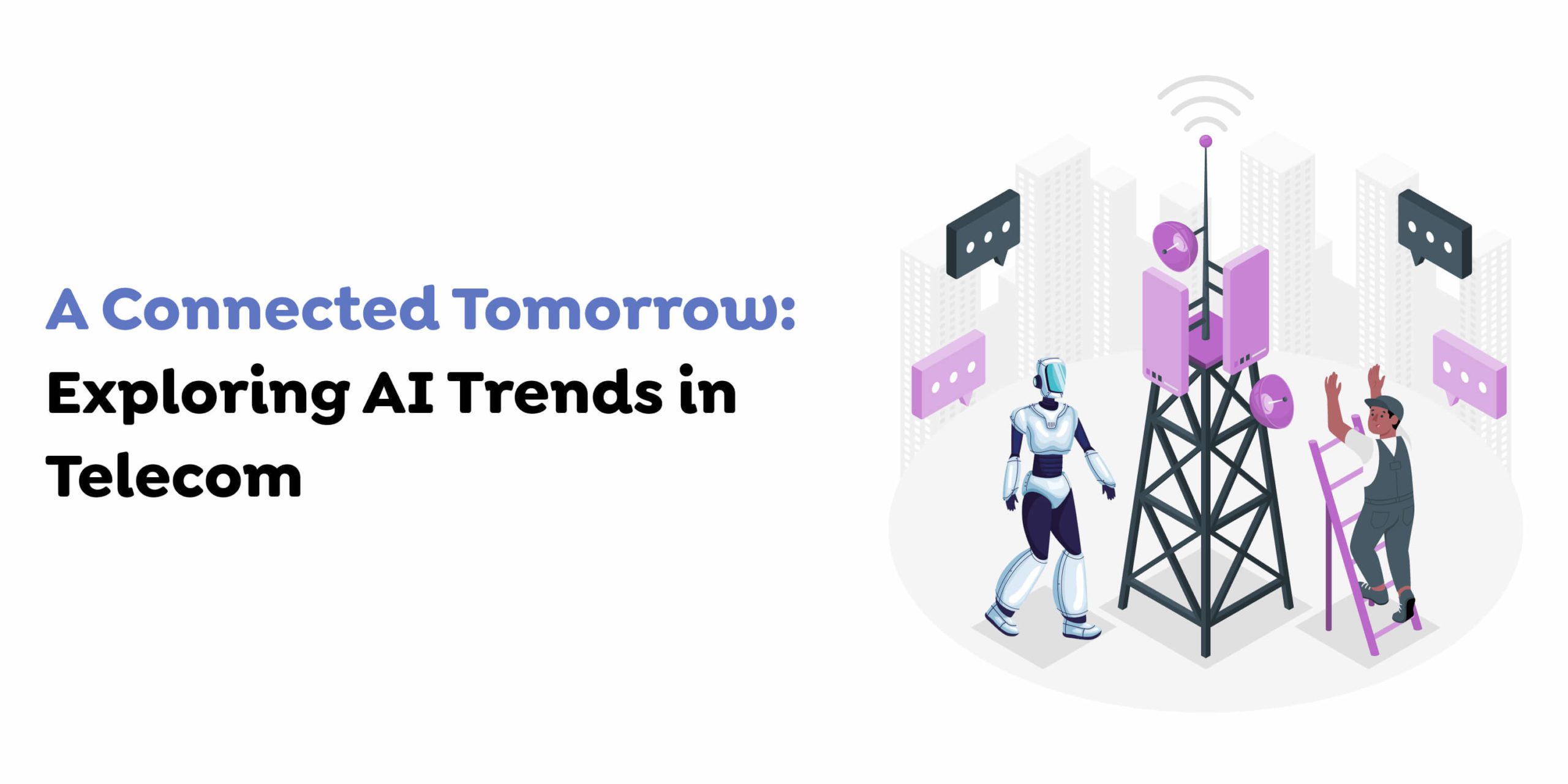
AI is a driving force for which the telecommunication sector is on the brink of revolution and enhanced efficiency, innovations, and growth. Telecom companies that incorporate AI into their operations can reap vast advantages, including optimization of the networks they use, delivery of first-rate customer experiences, and creativity in their services. From predictive maintenance to AI-based marketing and fraud, the role of AI is now forging new marks of operation in the telecom services domain.
However, the practical realization of AI capabilities is a challenge. Therefore, several challenges still need to be addressed, including data privacy issues, integrating the system with legacy systems, and high implementation costs. Those who prioritize the above-stated ethical policies and standards on artificial intelligence, provide adequate worker training, and develop sustainable and easily implementable solutions will be the first to overcome these barriers and establish themselves as elite players in this constantly evolving telecom industry.
There is much to look forward to regarding AI in telecoms. Modern technologies—edge computing, autonomous networks, hard Integrated IoT, and quantum computing—will promote further developments and enable telecom operators to satisfy numerous customers.
Telecom firms that invest in AI today stake themselves at the leading edge of connectivity and communication, the foundations for a better-connected world tomorrow.
Get in touch with Techugo, a top mobile app development company in UAE, for more updates.
Write Us
sales@techugo.comOr fill this form